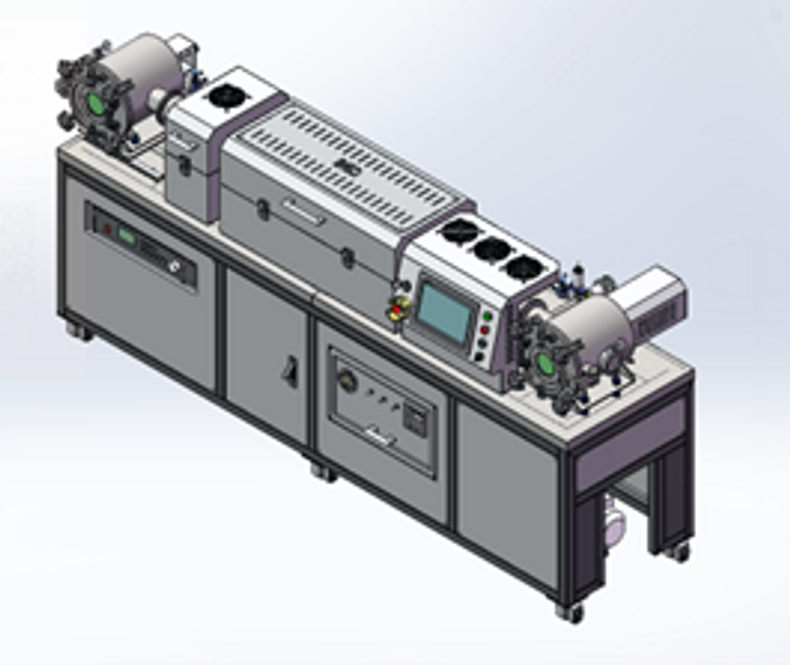Graphene, a material discovered relatively recently, has taken the scientific and industrial worlds by storm. Comprising a single layer of carbon atoms arranged in a hexagonal lattice, graphene is renowned for its exceptional properties. This blog post delves into the history, applications, and production methods of graphene, shedding light on why it's considered a material of the future.
The Discovery and History of Graphene
Graphene's journey began in 2004 when two researchers at the University of Manchester, Andre Geim and Konstantin Novoselov, isolated the material using a simple method involving scotch tape and graphite. This groundbreaking discovery, which earned them the Nobel Prize in Physics in 2010, opened the doors to a new realm of material science.
Unique Properties of Graphene
Graphene's allure lies in its remarkable properties:
- Strength: It's about 100 times stronger than the strongest steel.
- Conductivity: It conducts electricity better than copper.
- Flexibility: Despite its strength, it's incredibly flexible.
- Transparency: It's almost completely transparent, yet so dense that not even helium can pass through it.
Applications of Graphene
The potential applications of graphene are vast and varied:
- Electronics: Its high conductivity and flexibility make it ideal for developing faster, more efficient electronic devices, such as smartphones, tablets, and wearable technology.
- Energy Storage: Graphene's ability to conduct electricity can revolutionize battery technology, leading to faster-charging and longer-lasting batteries.
- Medical Field: Its biocompatibility opens up possibilities in drug delivery and new types of sensors for medical diagnostics.
- Material Science: Used in composites, graphene can enhance the strength and durability of materials used in construction, automotive, and aerospace industries.
Production of Graphene
Producing graphene involves several methods, each suited to different applications:
- Mechanical Exfoliation: The initial method used by Geim and Novoselov, suitable for producing small quantities of high-quality graphene.
- Chemical Vapor Deposition (CVD): Ideal for producing large sheets of graphene for industrial applications.
- Liquid Phase Exfoliation: Useful for producing graphene in bulk, suitable for composite materials.
Challenges and Future Prospects
Despite its potential, graphene's widespread adoption faces challenges, primarily due to the cost and complexity of production at scale. However, ongoing research and development are making graphene more accessible and practical for various applications.
Conclusion
Graphene, with its extraordinary properties, stands at the forefront of material science, poised to revolutionize multiple industries. As research continues to overcome current production challenges, the future of graphene looks incredibly promising, holding the potential to significantly impact our daily lives and the environment.

